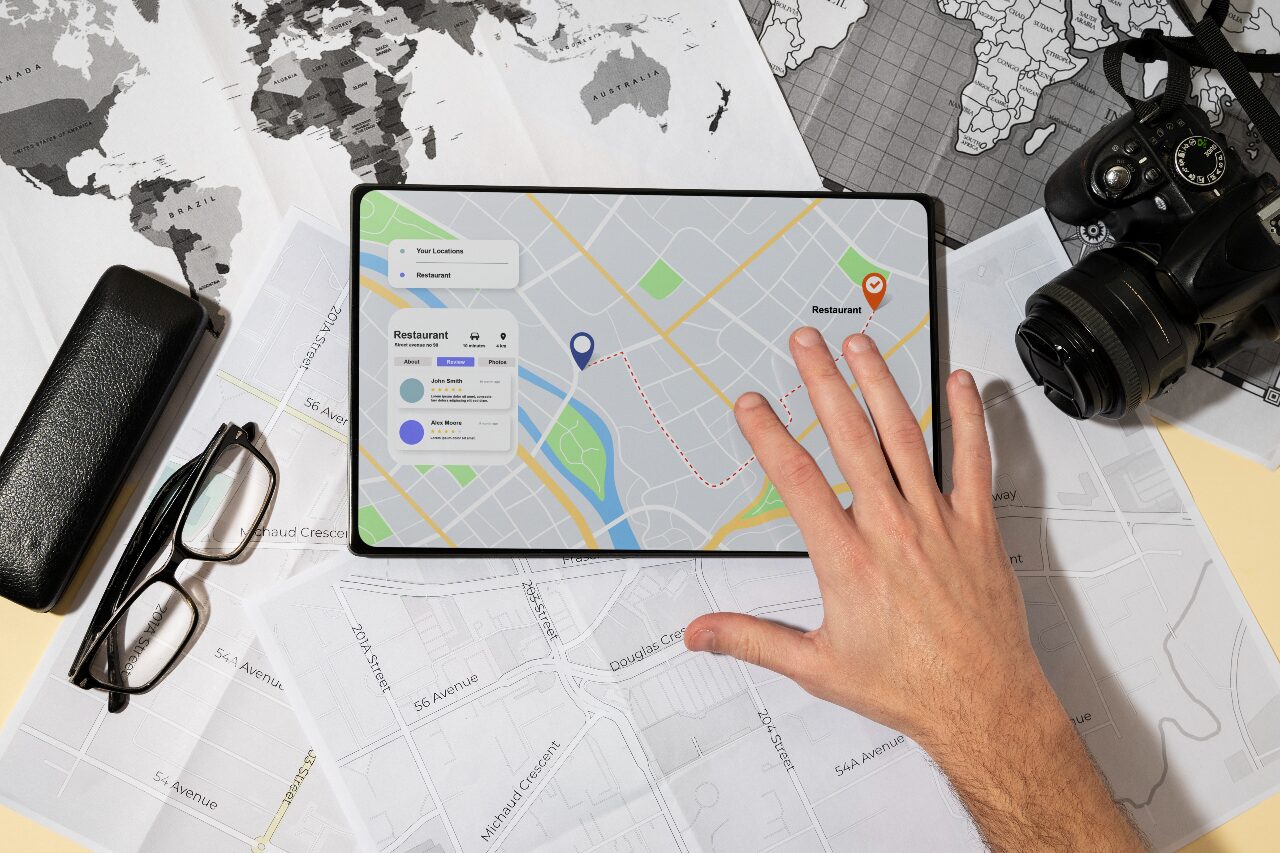SEO, or Search Engine Optimization, is the art and science of enhancing your online presence to rank higher in search engines like Google, Bing, and Yahoo. With billions of searches conducted daily, understanding SEO is essential to capture organic traffic, boost brand awareness, and drive conversions.
In 2025, SEO has become more critical than ever with AI-driven algorithms, voice search, and the increasing dominance of mobile and video content. Whether you’re a business owner, freelancer, or content creator, this guide will walk you through the fundamentals and advanced strategies to dominate search results.
1. SEO in Marketing: The Foundation of Digital Visibility
SEO in marketing refers to using optimization techniques to improve a website’s visibility on search engines. It’s not just about keywords—it’s about delivering quality content, technical accuracy, and user satisfaction. From ecommerce SEO firms to law firm digital marketing services, SEO is foundational across industries.
2. Top 5 SEO Strategies for 2025
- Content Optimization with Intent: Use the keywords Google tool to identify what users truly want. Focus on creating blog post samples that match search intent.
- Technical SEO and Speed: Improve site speed, mobile usability, and use schema markup.
- Backlink Building: Get quality backlinks through guest blogging, digital PR, and expert roundups.
- SEO Audit and Monitoring: Hire an SEO audit expert or use a keywords SEO checker to analyze your performance.
- AI and Voice Search Optimization: Adapt content for conversational queries and voice-friendly formatting.
3. SEO for Beginners: Where to Start
Start with keyword research using keyword tools for SEO. Learn how to use email marketing to build engagement. Optimize meta titles, headers, and content. Use platforms like Yoast or Rank Math for on-page guidance. Understand the difference between on-page SEO vs local SEO to target your audience better.
4. Four Types of Keywords in SEO
- Short-tail keywords (e.g., “SEO”)
- Long-tail keywords (e.g., “how to rank on Amazon”)
- LSI keywords (Latent Semantic Indexing—related terms like “SEO audit expert”)
- Transactional keywords (e.g., “hire Shopify web developers”)
- Use keyword tools for SEO and the keywords Google tool to find the right mix.
5. Three Types of Backlinks and Their Value
- Natural Backlinks – Earned through quality content and brand mentions.
- Manual Backlinks – Acquired through outreach and partnerships.
- Self-created Backlinks – From forums, blog comments, and directories (use with caution).
An example of a backlink: A tech blog linking to your software tool review.
6. Is Link Building Still Relevant in 2024?
Yes. Despite algorithm updates, backlinks remain a core search ranking factor. However, quality and relevance now matter more than quantity. Use SEO designer tools to analyze your backlink profile.
7. On-Page SEO vs Local SEO
On-page SEO involves optimizing individual pages for search rankings. Local SEO focuses on geo-specific searches, often using Google Business Profile and local citations. For example, marketing companies in Colorado Springs should prioritize local SEO.
8. What’s the #1 Searched Thing on Google?
According to recent data, terms like “YouTube” and “Facebook” top the list. To get followers for YouTube, integrating SEO with video marketing is crucial.
9. Paid vs Organic: SEO or SEM?
SEO is organic. SEM (Search Engine Marketing) involves paid efforts like Google Ads spend. Both are essential for a balanced marketing media strategy.
10. Learning SEO on Your Own: Is It Possible?
Absolutely. Start with free courses, blog posts samples, and YouTube tutorials. Practice using a test website. Use keywords SEO checker tools and perform regular audits.
11. What Makes a Good SEO Keyword?
Relevance, search volume, competition, and intent. Use keywords tools for SEO to analyze and select high-converting terms.
12. How SEO Works: An Overview
Search engines crawl, index, and rank web pages. Your goal is to help them understand your content. That’s why website design and SEO packages often include technical SEO, content writing legal, and link building.
13. Beginner SEO Steps
- Keyword research
- Competitive analysis (use best SEO tool for competitor site analysis)
- On-page optimization
- Content creation
- Link building
- Monitoring and reporting
14. SEO Keyword Examples
- “freelancer to hire”
- “law firm digital marketing services”
- “SEO keyword in URL”
These keywords show a mix of informational and transactional intent.
15. SEO Pricing: What Should You Pay?
Expect to pay between $500–$5,000/month depending on the scope. Pricing varies based on whether you need technical audits, link building, content writing legal, or full website design and SEO packages.
16. Four Types of SEO
- On-page SEO
- Off-page SEO
- Technical SEO
- Local SEO
17. How to Get SEO Backlinks
- Guest posting
- Niche edits
- Digital PR
- Link exchanges
- Testimonial links

18. Finding LSI Keywords
Use the keywords Google tool, SEMrush, or LSI Graph. Look at autocomplete suggestions and related searches.
19. Good Words for SEO
- “Best”
- “Top”
- “How to”
- “Review”
- “Buy”
- “Free”
20. On-Page vs Off-Page SEO
On-page SEO: Content, structure, meta tags
Off-page SEO: Backlinks, social shares, brand mentions
Conclusion: The Future of SEO
As AI, user experience, and mobile-first indexing evolve, mastering SEO is more critical than ever. Whether you’re aiming to rank for “keywords for ads,” improve your local presence, or increase your Google Ads spend ROI, staying ahead of trends is key. SEO in 2025 is not a one-time task—it’s a long-term, ever-evolving investment in visibility and growth.






